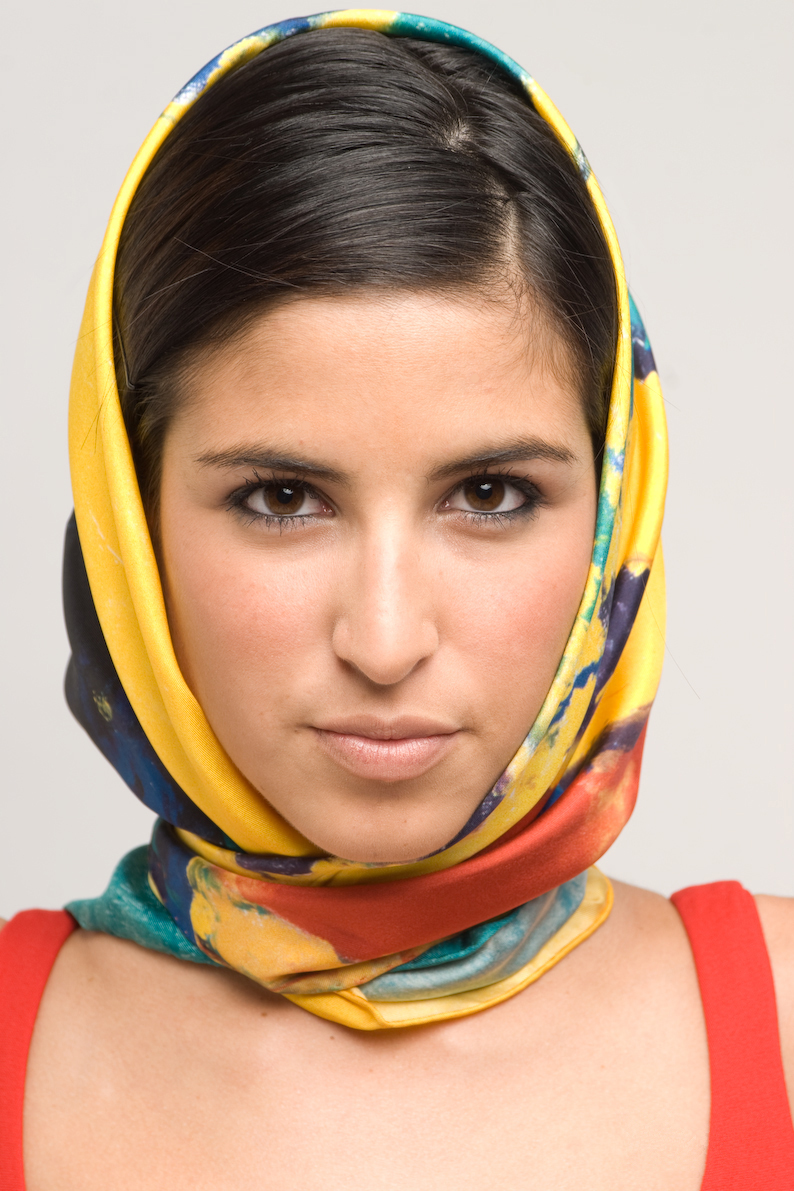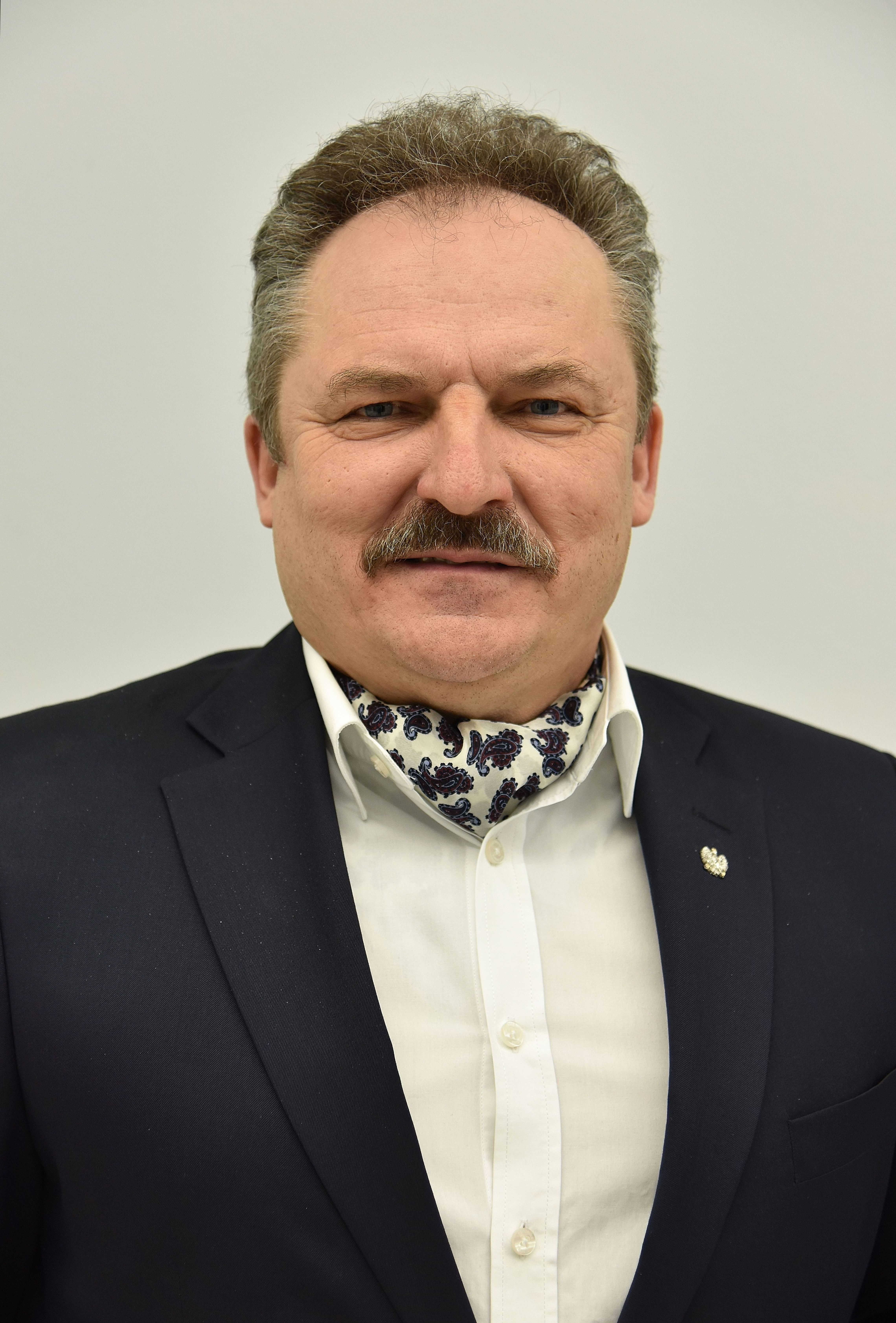Foulard on:
[Wikipedia]
[Google]
[Amazon]

 A foulard is a lightweight
A foulard is a lightweight
Printing a Foulard on a printing press at Cheney Brothers Factory in Connecticut, 1915 photograph
from the Smithsonian
1913 example of a "showerproof" Foulard
from the Smithsonian

fabric
Textile is an umbrella term that includes various fiber-based materials, including fibers, yarns, filaments, threads, and different types of fabric. At first, the word "textiles" only referred to woven fabrics. However, weaving is no ...
, either twill
Twill is a type of textile
Textile is an Hyponymy and hypernymy, umbrella term that includes various Fiber, fiber-based materials, including fibers, yarns, Staple (textiles)#Filament fiber, filaments, Thread (yarn), threads, and d ...
or plain
In geography, a plain, commonly known as flatland, is a flat expanse of land that generally does not change much in elevation, and is primarily treeless. Plains occur as lowlands along valleys or at the base of mountains, as coastal plains, and ...
-woven, made of silk
Silk is a natural fiber, natural protein fiber, some forms of which can be weaving, woven into textiles. The protein fiber of silk is composed mainly of fibroin and is most commonly produced by certain insect larvae to form cocoon (silk), c ...
or a mix of silk and cotton
Cotton (), first recorded in ancient India, is a soft, fluffy staple fiber that grows in a boll, or protective case, around the seeds of the cotton plants of the genus '' Gossypium'' in the mallow family Malvaceae. The fiber is almost pure ...
. Foulards usually have a small printed design of various colors. By metonymy
Metonymy () is a figure of speech in which a concept is referred to by the name of something associated with that thing or concept. For example, the word " suit" may refer to a person from groups commonly wearing business attire, such as sales ...
, it can also be an article of clothing, such as scarves and necktie
A necktie, long tie, or simply a tie, is a cloth article of formal neckwear or office attire worn for decorative or symbolic purposes, resting under a folded shirt collar or knotted at the throat, and usually draped down the chest. On rare o ...
s, made from this fabric. In men's neckties, foulard is a pattern rather than a material; it is a small-scale pattern with basic block repeat, also called a set pattern or a tailored pattern.
History
Foulard is believed to have originated inEast Asia
East Asia is a geocultural region of Asia. It includes China, Japan, Mongolia, North Korea, South Korea, and Taiwan, plus two special administrative regions of China, Hong Kong and Macau. The economies of Economy of China, China, Economy of Ja ...
. The word comes from the French word ''foulard'', with the same proper and metonymic meanings. In modern French, ''foulard
A foulard is a lightweight fabric, either twill or plain weave, plain-woven, made of silk or a mix of silk and cotton. Foulards usually have a small printed design of various colors. By metonymy, it can also be an article of clothing, such as scar ...
'' is the usual word for a neckerchief
A neckerchief (from ''neck'' (n.) + ''kerchief''), also kerchief, scarf, and bandana, is a type of neckwear associated with those working or living outdoors, including farm labourers, cowboys and sailors. It is most commonly still seen today in ...
. In Quebec ''foulard
A foulard is a lightweight fabric, either twill or plain weave, plain-woven, made of silk or a mix of silk and cotton. Foulards usually have a small printed design of various colors. By metonymy, it can also be an article of clothing, such as scar ...
'' is also used for scarf (écharpe in France).
Modern era
Ralph Lauren's fashion industry success began with his importation of foulards from London to the United States. In 1989, a public debate over headscarves erupted in France when threeMuslim
Muslims () are people who adhere to Islam, a Monotheism, monotheistic religion belonging to the Abrahamic religions, Abrahamic tradition. They consider the Quran, the foundational religious text of Islam, to be the verbatim word of the God ...
girls in a state secondary school
A secondary school, high school, or senior school, is an institution that provides secondary education. Some secondary schools provide both ''lower secondary education'' (ages 11 to 14) and ''upper secondary education'' (ages 14 to 18), i.e., b ...
refused to remove their headscarves to comply with the school administration's concept of secularism
Secularism is the principle of seeking to conduct human affairs based on naturalistic considerations, uninvolved with religion. It is most commonly thought of as the separation of religion from civil affairs and the state and may be broadened ...
. It became known as the "affaires de foulard."
Foulard fabric is also used in home décor wall coverings.
References
External links
Printing a Foulard on a printing press at Cheney Brothers Factory in Connecticut, 1915 photograph
from the Smithsonian
National Museum of American History
The National Museum of American History: Kenneth E. Behring Center is a historical museum in Washington, D.C. It collects, preserves, and displays the heritage of the United States in the areas of social, political, cultural, scientific, and m ...
.
1913 example of a "showerproof" Foulard
from the Smithsonian
National Museum of American History
The National Museum of American History: Kenneth E. Behring Center is a historical museum in Washington, D.C. It collects, preserves, and displays the heritage of the United States in the areas of social, political, cultural, scientific, and m ...
.
{{Authority control
Woven fabrics
Silk